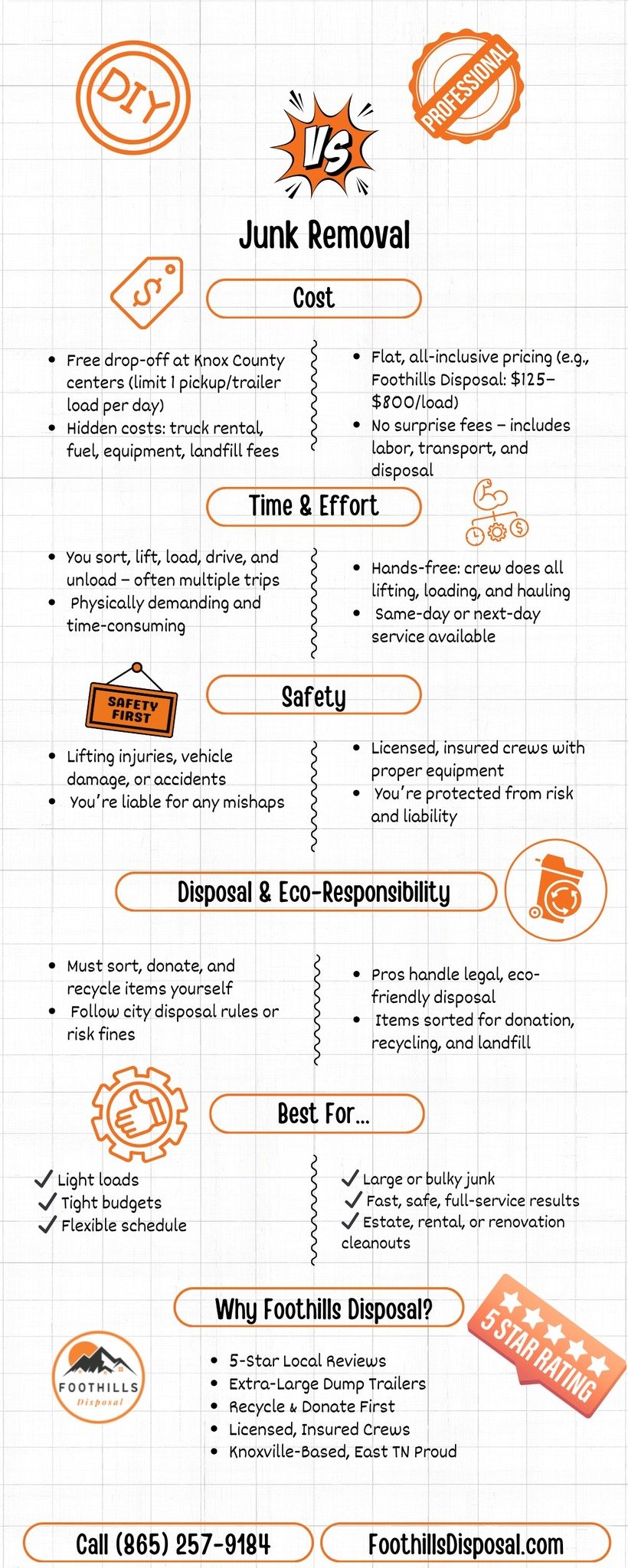House demolition is more than just tearing down walls or removing old structures. It’s a precise, regulated, and carefully planned process that prioritizes safety, strategy, and environmental responsibility. Whether a home has become structurally unsound or a property is being cleared for redevelopment, professional house demolition services play a crucial role in ensuring the job is done efficiently and responsibly.
Let’s explore how demolition projects are managed—from planning to cleanup—and how responsible practices are shaping a more sustainable future.
1. Why Proper Planning Matters in House Demolition
Every successful demolition begins with a plan. Before any machinery arrives on-site, experts conduct thorough assessments to create a roadmap for safe and efficient work.
Key elements of a demolition plan include:
-
Site Evaluation:
Engineers and inspectors review the home’s structure, materials, and surrounding areas to determine the safest demolition method. -
Permits and Regulations:
Most local authorities require permits before demolition begins. These ensure the project complies with safety standards and zoning regulations. Skipping this step can lead to legal and financial penalties. -
Utility Disconnection:
Gas, electricity, water, and sewage lines must be safely disconnected to prevent leaks, fires, or electrical hazards during demolition. -
Material Management Plan:
Responsible planning includes identifying materials that can be salvaged, recycled, or disposed of properly to minimize waste.
When planning is done right, the demolition process becomes safer, smoother, and more cost-effective.
2. Safety: The Foundation of Every Demolition Project
Safety is the top priority for any professional demolition team. Unlike construction, where new structures are built in controlled conditions, demolition involves working with instability, debris, and potentially hazardous materials.
Essential safety practices include:
-
Comprehensive Risk Assessments:
Crews identify hazards like asbestos, mold, or lead paint before demolition begins. Specialized removal procedures are then applied to protect workers and the environment. -
Proper Protective Gear:
Helmets, gloves, goggles, masks, and steel-toed boots are mandatory for on-site personnel. -
Controlled Demolition Methods:
Professionals use techniques that allow a structure to collapse inward, minimizing the risk to nearby properties and workers. -
Dust and Debris Control:
Water sprays and misting systems are used to reduce airborne dust, protecting nearby residents and maintaining air quality. -
Emergency Preparedness:
A safety plan includes procedures for equipment failure, fire outbreaks, or structural collapse, ensuring a quick and organized response.
In professional house demolition services, adherence to safety guidelines isn’t optional—it’s essential. Regular training, supervision, and compliance with OSHA and local safety laws protect everyone involved.
3. The Environmental Side of Demolition
In today’s world, demolition isn’t just about breaking down buildings—it’s about doing so with environmental responsibility. As sustainability becomes central to every industry, demolition services are adopting eco-friendly methods that reduce waste and promote material reuse.
Recycling and Reuse
A significant portion of a demolished home’s materials can be recycled. Concrete can be crushed into aggregate for new construction. Metal, wood, glass, and brick can also be repurposed, reducing landfill waste and conserving natural resources.
In some projects, up to 80% of materials can be recovered and reused—a major step toward sustainable construction practices.
Handling Hazardous Waste
Older homes often contain asbestos insulation, lead-based paint, or chemical residues. Certified removal experts handle these materials under strict safety and disposal guidelines to prevent contamination of soil, water, and air.
Reducing Carbon Footprint
Modern demolition companies use advanced equipment that minimizes fuel consumption and emissions. Efficient scheduling and waste transportation also reduce the carbon footprint associated with each project.
Sustainable Deconstruction
Rather than destroying an entire structure, selective deconstruction allows for careful dismantling. Doors, beams, and fixtures are preserved for reuse, extending the life of materials and reducing environmental impact.
By incorporating sustainability into their operations, demolition services are transforming a once waste-heavy industry into an environmentally conscious one.
4. Choosing a Responsible Demolition Company
Selecting the right demolition company can make all the difference between a well-managed project and a costly mistake. When evaluating your options, consider these essential factors:
-
Licensing and Certification:
Always ensure the company holds valid licenses and follows local demolition regulations. Insurance coverage is equally important for liability and worker protection. -
Safety Record:
Look into the company’s history of workplace safety. A good safety record reflects professionalism and attention to detail. -
Experience with Residential Projects:
House demolition differs from commercial demolition—choose a company that understands residential layouts, neighborhood concerns, and small-scale logistics. -
Sustainability Practices:
Ask about their recycling and waste management policies. Companies that prioritize green practices demonstrate long-term responsibility. -
Transparent Communication:
A professional team should provide clear information about the project timeline, costs, permits, and safety precautions.
Responsible house demolition services don’t just remove structures—they do so ethically, safely, and sustainably.
5. The Role of Technology in Modern Demolition
Technology has transformed demolition into a safer, faster, and more precise process. Innovations now allow companies to minimize risk while improving accuracy and environmental outcomes.
Some notable technological advances include:
-
3D Scanning and Modeling:
Before demolition, engineers use 3D models to assess structural integrity and plan the safest demolition sequence. -
Drones for Site Inspection:
Drones capture aerial views and monitor site progress in real time, reducing the need for risky manual inspections. -
Remote-Controlled Equipment:
Operators can control heavy machinery from a safe distance, minimizing injury risk. -
Dust Suppression Systems:
Modern machines include misting attachments that reduce airborne particles during concrete and wall demolition.
These tools enhance safety, efficiency, and sustainability—hallmarks of professional demolition operations.

6. Post-Demolition Cleanup and Site Restoration
Once the structure has been demolished, the site must be properly cleaned and prepared for future use. A thorough cleanup process ensures the land is safe, stable, and ready for the next construction phase.
Cleanup tasks typically include:
-
Removal of debris and leftover materials
-
Sorting recyclable and non-recyclable waste
-
Leveling and grading the land
-
Conducting soil tests for contaminants
-
Preparing foundations or landscaping for redevelopment
Efficient post-demolition cleanup not only improves aesthetics but also prevents long-term environmental issues.
7. Community and Environmental Benefits of Responsible Demolition
When done correctly, house demolition benefits not just the property owner but also the wider community.
Community benefits include:
-
Removal of unsafe or abandoned structures that pose risks
-
Improved neighborhood aesthetics and property values
-
Reduced environmental pollution through proper waste disposal
-
New opportunities for green, energy-efficient construction
In cities like Knoxville and beyond, responsible demolition lays the groundwork for smarter, cleaner urban growth.
Conclusion
House demolition isn’t about destruction—it’s about renewal and responsibility. Behind every successful project is careful planning, rigorous safety standards, and a genuine concern for the environment.
By working with professionals who prioritize safety, sustainability, and transparency, homeowners can ensure their demolition projects contribute positively to both their property and the planet.
As communities evolve and old structures make way for new beginnings, house demolition services continue to play a vital role in shaping safer, greener, and more resilient spaces for the future.




Leave a Reply